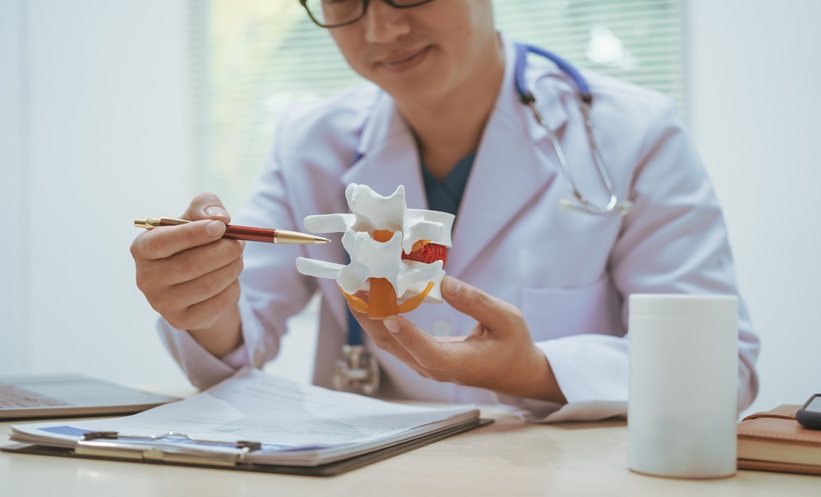A TEAM of researchers have found no increase in the levels of physical activity in patients after receiving a unilateral total hip replacement.
Mr Thomas Whithers, a PhD candidate at the University of East Anglia, Norwich, UK, and his team analysed 17 studies, including 1,030 patients. They collected data on those who had received a unilateral primary total hip replacement and found that the amount of physical activity did not improve within the first postoperative year. “I think it is surprising that it did not improve at all,” Mr Whithers said.
It was felt that this could be the result of patients believing that they are moving more after their operation while their actual level of activity remained the same. “My own personal opinion would be that the patients are finding the amount of physical activity they are doing easier,” he explained, “so it is giving them the perception they are doing more but they are actually doing the same amount.” However, further evidence would be needed to understand why there no significant difference prior to and after the operation has been found.
Meanwhile, the research highlights the importance of healthcare professionals motivating patients to be more active post-surgery. Mr Whithers explained: “I view this paper as a great opportunity to put out there that the physical activity we expect the patient to achieve, both from a patient point-of-view and healthcare provider point-of-view, is not as much one would hope it to be and I think this research really questions how we are dealing with rehabilitation post-surgery.”
The team considered all outcomes that measured physical activity in the studies but faced methodological challenges such as the lack of standardised measurements. “It was very hard to pool all the data together in one big analysis,” Mr Whithers said, “because some of the analysis in the paper used patient-centred measures [such as] physical activity questionnaires and some of them used more lab-based measures which were more interested in the physiological capabilities of a patient.” This means that the results of the study should be interpreted with caution but the research team felt they still highlighted the need for healthcare professionals to understand the lack of change in patients following surgery.
Jack Redden, Reporter








